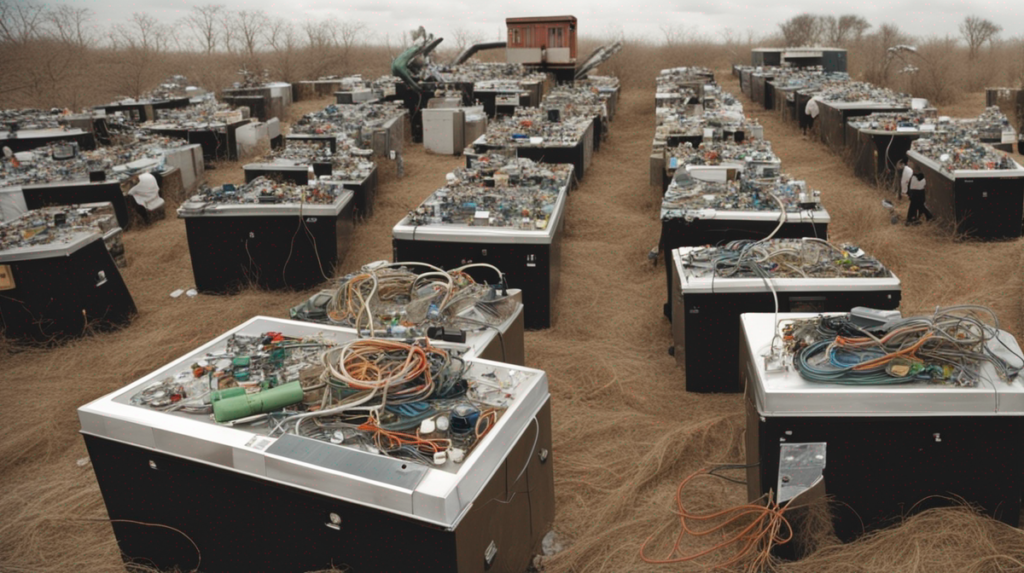
With the rapid advancements in technology, we are currently living in an age where electronic waste, or E-waste, is one of the fastest growing types of waste globally. The journey of E-Waste management reflects our evolving understanding of its impact on our health and environment and the strategies we’ve developed to mitigate this. So, let’s dive into the engaging journey of E-waste management evolution, from its inception to the latest developments, and discover how we can contribute towards a healthier planet.
The Genesis of E-Waste Management
The birth of electronic waste management can be traced back to the late 1970s and early 1980s when rapid technological developments led to an overflow of discarded electrical and electronic equipment. At this stage, E-waste comprised of bulky waste products like television sets, refrigerators, etc. The disposal strategies during this period were primarily centered on landfilling. Prolonged exposure to harmful components such as lead, mercury, and chlorofluorocarbons (CFCs) led to mounting concerns about its impact on human health and environment, which necessitated stronger handling and disposal mechanisms.
The Growing Awareness & Regulatory Response
Public awareness about this issue grew during the later part of the 20th century, giving rise to the concept of E-waste recycling. The 1990s marked a paradigm shift in E-waste management with the inception of significant regulations like the EU’s Waste Electrical and Electronic Equipment (WEEE) Directive. It endorsed a producer responsibility principle, where manufacturers were responsible for managing their products’ end-of-life.
The Modern Approaches to E-Waste Management
Today’s approach to E-waste management is a multifaceted and technology-driven one. It incorporates several strategies such as waste reduction, reusing, refurbishing, recycling, and energy recovery. With innovations like hydrometallurgical and biotechnological methods, not only can we safely dispose of E-waste, but we can also recover valuable metals from it. The focus has also shifted toward designing electronic products that are inherently less wasteful and easier to recycle, driven to a large extent by Extended Producer Responsibility (EPR) principles.
Controversies and Debates in E-Waste Management
Despite being under the lens of global attention, E-waste management remains a highly debated issue. Some researchers have expressed concern about the effectiveness of current policies. Illegal dumping and unregulated unloading of e-waste in developing countries pose significant health and environmental challenges. The necessity for newer regulations that equally distribute the responsibility among stakeholders, including consumers, is increasingly being felt.
Looking Ahead: Future of E-Waste Management
The future of E-waste management lies in advanced technologies like artificial intelligence and blockchain. These can enhance recycling rates, track waste, and maintain transparency in the system. Furthermore, encouraging consumer awareness, developing stringent global regulations, and promoting green design are the key to a sustainable and healthy future.
Build A Greener Future
As responsible individuals, it is incumbent upon us to make a conscious effort to reduce electronic waste. Preferring refurbished electronics, properly disposing of old electronics or donating them, and supporting manufacturers who adopt green manufacturing practices can be our steps towards a greener future. Together, we can make a difference.
Last modified: 1 January 2024


















